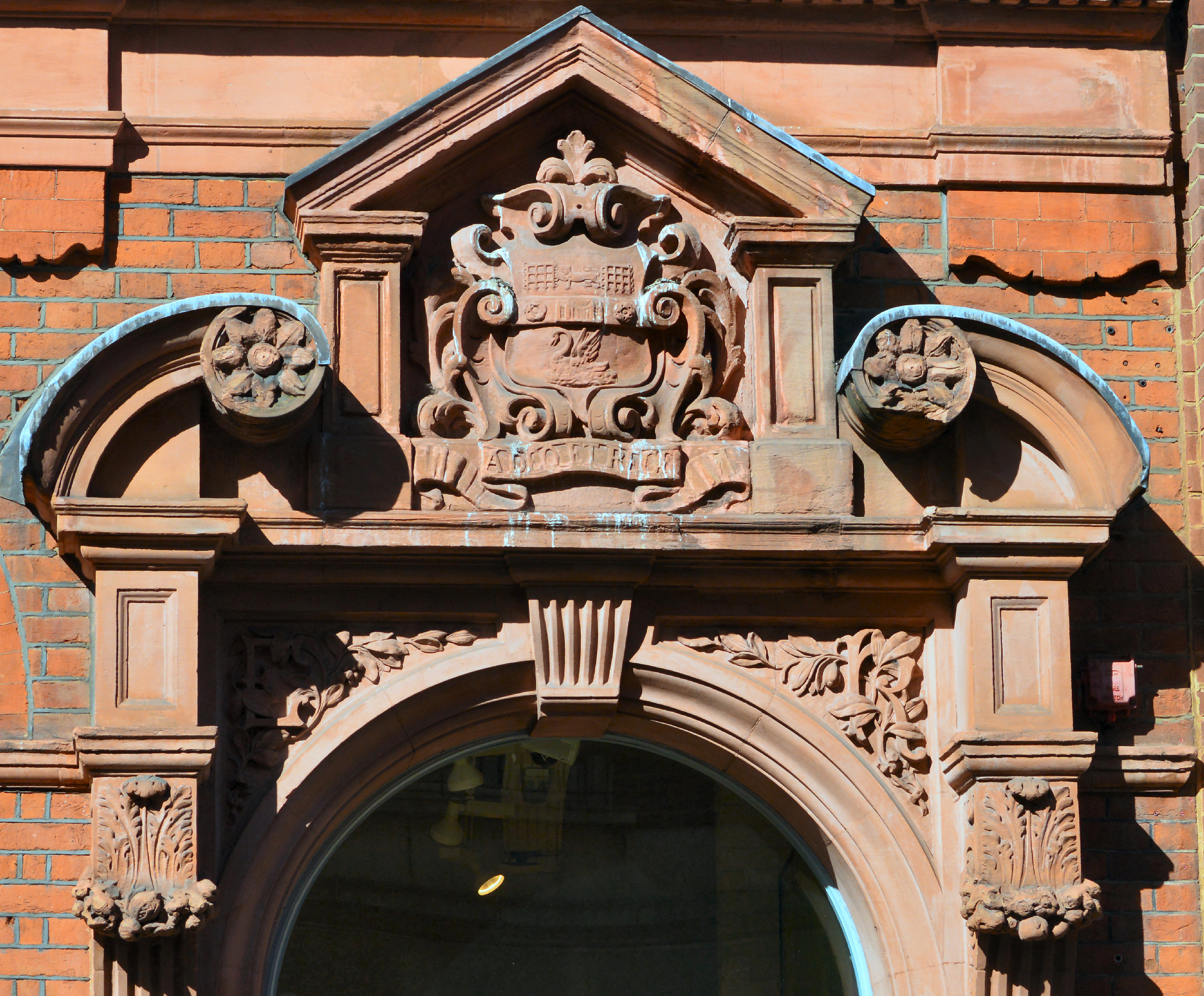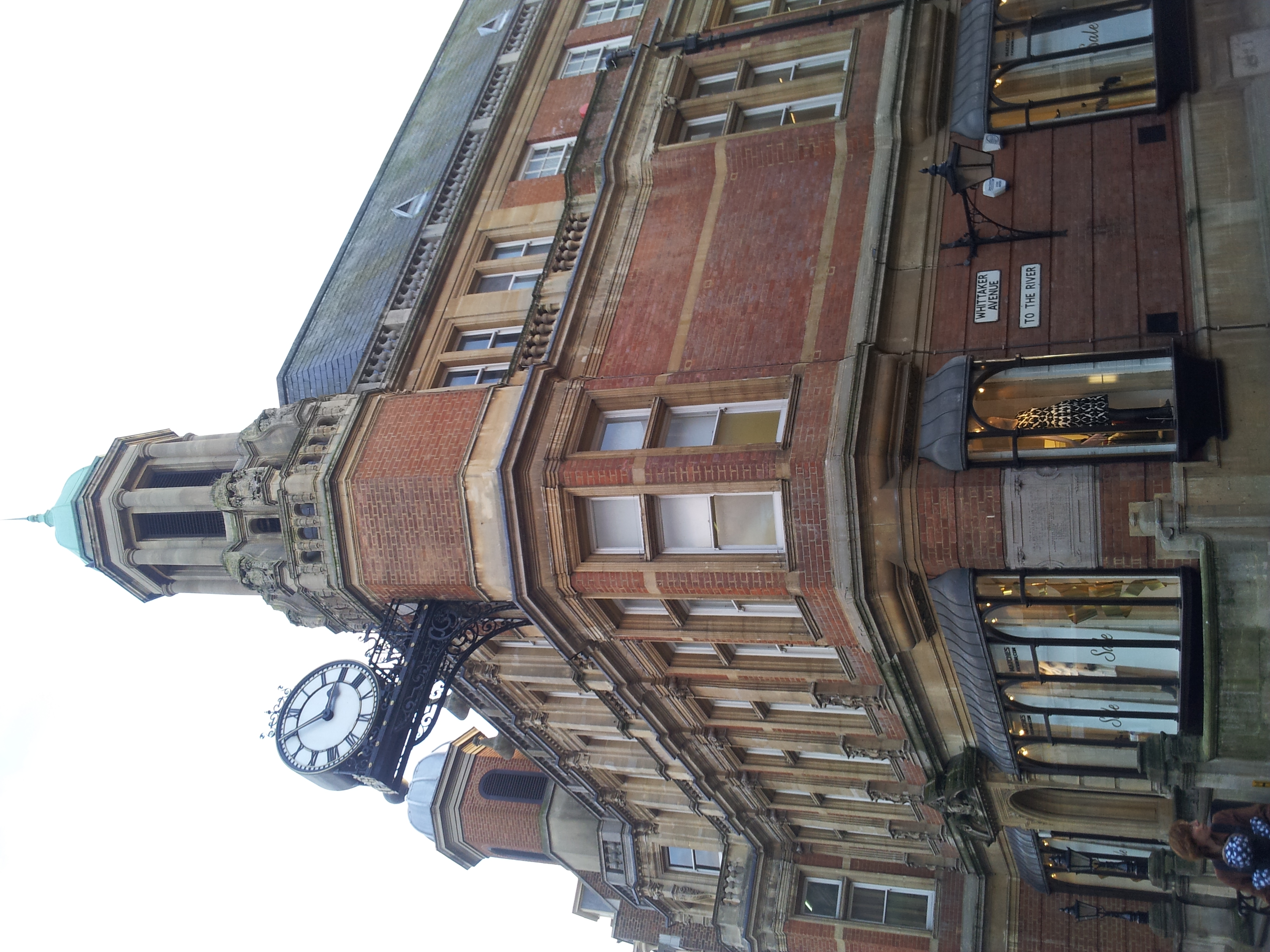|
Ham Urban District
Ham was a local government district in north east Surrey, England around the village of Ham from 1894 to 1933. Ham Common Local Government District was formed under the Local Government Act 1858 and was governed by a local board of eight members. The Local Government Act 1894 reconstituted the area as Ham Urban District, with an elected urban district council of 10 members replacing the local board. The urban district consisted of the civil parish of Ham with Hatch, renamed as "Ham" in 1897. The urban district was abolished in 1933, when a county review order included its area in an enlarged Municipal Borough of Richmond. Since 1965 Ham has been part of the London Borough of Richmond upon Thames The London Borough of Richmond upon Thames () in southwest London forms part of Outer London and is the only London borough on both sides of the River Thames. It was created in 1965 when three smaller council areas amalgamated under the London .... References External links * ... [...More Info...] [...Related Items...] OR: [Wikipedia] [Google] [Baidu] |
Urban District (Great Britain And Ireland)
In England and Wales, Northern Ireland, and the Republic of Ireland, an urban district was a type of local government district that covered an urbanised area. Urban districts had an elected urban district council (UDC), which shared local government responsibilities with a county council. England and Wales In England and Wales, urban districts and rural districts were created in 1894 (by the Local Government Act 1894) as subdivisions of administrative counties. They replaced the earlier system of urban and rural sanitary districts (based on poor law unions) the functions of which were taken over by the district councils. The district councils also had wider powers over local matters such as parks, cemeteries and local planning. An urban district usually contained a single parish, while a rural district might contain many. Urban districts were considered to have more problems with public health than rural areas, and so urban district councils had more funding and greater power ... [...More Info...] [...Related Items...] OR: [Wikipedia] [Google] [Baidu] |
Municipal Borough Of Richmond (Surrey)
The Municipal Borough of Richmond or Richmond Municipal Borough was a municipal borough in Surrey, England from 1890 to 1965.Vision of Britain – Richmond MB historic map ) History  The borough was created in 1890 under a
The borough was created in 1890 under a
|
Surrey, England
Surrey () is a ceremonial and non-metropolitan county in South East England, bordering Greater London to the south west. Surrey has a large rural area, and several significant urban areas which form part of the Greater London Built-up Area. With a population of approximately 1.2 million people, Surrey is the 12th-most populous county in England. The most populated town in Surrey is Woking, followed by Guildford. The county is divided into eleven districts with borough status. Between 1893 and 2020, Surrey County Council was headquartered at County Hall, Kingston-upon-Thames (now part of Greater London) but is now based at Woodhatch Place, Reigate. In the 20th century several alterations were made to Surrey's borders, with territory ceded to Greater London upon its creation and some gained from the abolition of Middlesex. Surrey is bordered by Greater London to the north east, Kent to the east, Berkshire to the north west, West Sussex to the south, East Sussex to th ... [...More Info...] [...Related Items...] OR: [Wikipedia] [Google] [Baidu] |
Ham, London
Ham is a suburban district in Richmond, south-west London. It has meadows adjoining the River Thames where the Thames Path National Trail also runs. Most of Ham is in the London Borough of Richmond upon Thames and, chiefly, within the ward of Ham, Petersham and Richmond Riverside; the rest is in the Royal Borough of Kingston upon Thames. The district has modest convenience shops and amenities, including a petrol station and several pubs, but its commerce is subsidiary to the nearby regional-level economic centre of Kingston upon Thames. Geography Ham is centred south-west of the centre of London. Together with Petersham, Ham lies east of the bend in the river almost surrounding it on three sides, south of Richmond and north of Kingston upon Thames. Its elevation mostly ranges between 6m and 12m OD but reaches 20m in the foothill side-streets leading to Richmond Park. It has the Thames Path National Trail and is connected to Teddington by a large Lock Footbridge at Teddin ... [...More Info...] [...Related Items...] OR: [Wikipedia] [Google] [Baidu] |
Local Government Act 1858
Local boards or local boards of health were local authorities in urban areas of England and Wales from 1848 to 1894. They were formed in response to cholera epidemics and were given powers to control sewers, clean the streets, regulate environmental health risks including slaughterhouses A slaughterhouse, also called abattoir (), is a facility where animals are slaughtered to provide food. Slaughterhouses supply meat, which then becomes the responsibility of a packaging facility. Slaughterhouses that produce meat that is no ... and ensure the proper supply of water to their districts. Local boards were eventually merged with the corporations of municipal boroughs in 1873, or became urban district (Great Britain and Ireland), urban districts in 1894. Pre-Public Health Act 1848 Public Health Act 1848 The first local boards were created under the Public Health Act 1848 (11 & 12 Vict. c.63). The aim of the act was to improve the sanitary condition of towns and populous plac ... [...More Info...] [...Related Items...] OR: [Wikipedia] [Google] [Baidu] |
Local Board Of Health
Local boards or local boards of health were local authorities in urban areas of England and Wales from 1848 to 1894. They were formed in response to cholera epidemics and were given powers to control sewers, clean the streets, regulate environmental health risks including slaughterhouses and ensure the proper supply of water to their districts. Local boards were eventually merged with the corporations of municipal boroughs in 1873, or became urban districts in 1894. Pre-Public Health Act 1848 Public Health Act 1848 The first local boards were created under the Public Health Act 1848 (11 & 12 Vict. c.63). The aim of the act was to improve the sanitary condition of towns and populous places in England and Wales by placing: the supply of water; sewerage; drainage; cleansing; paving, and environmental health regulation under a single local body. The act could be applied to any place in England and Wales except the City of London and some other areas in the Metropolis already under t ... [...More Info...] [...Related Items...] OR: [Wikipedia] [Google] [Baidu] |
Local Government Act 1894
The Local Government Act 1894 (56 & 57 Vict. c. 73) was an Act of the Parliament of the United Kingdom that reformed local government in England and Wales outside the County of London. The Act followed the reforms carried out at county level under the Local Government Act 1888. The 1894 legislation introduced elected councils at district and parish level. The principal effects of the act were: *The creation a system of urban and rural districts with elected councils. These, along with the town councils of municipal boroughs created earlier in the century, formed a second tier of local government below the existing county councils. *The establishment of elected parish councils in rural areas. *The reform of the boards of guardians of poor law unions. *The entitlement of women who owned property to vote in local elections, become poor law guardians, and act on school boards. The new district councils were based on the existing urban and rural sanitary districts. Many of the l ... [...More Info...] [...Related Items...] OR: [Wikipedia] [Google] [Baidu] |
Civil Parish
In England, a civil parish is a type of administrative parish used for local government. It is a territorial designation which is the lowest tier of local government below districts and counties, or their combined form, the unitary authority. Civil parishes can trace their origin to the ancient system of ecclesiastical parishes, which historically played a role in both secular and religious administration. Civil and religious parishes were formally differentiated in the 19th century and are now entirely separate. Civil parishes in their modern form came into being through the Local Government Act 1894, which established elected parish councils to take on the secular functions of the parish vestry. A civil parish can range in size from a sparsely populated rural area with fewer than a hundred inhabitants, to a large town with a population in the tens of thousands. This scope is similar to that of municipalities in Continental Europe, such as the communes of France. However, ... [...More Info...] [...Related Items...] OR: [Wikipedia] [Google] [Baidu] |
Local Government Act 1929
The Local Government Act 1929 was an Act of the Parliament of the United Kingdom that made changes to the Poor Law and local government in England and Wales. The Act abolished the system of poor law unions in England and Wales and their boards of guardians, transferring their powers to local authorities. It also gave county councils increased powers over highways, and made provisions for the restructuring of urban and rural districts as more efficient local government areas. Poor Law reform Under the Act all boards of guardians for poor law unions were abolished, with responsibility for public assistance transferred to Public Assistance Committees of county councils and county boroughs. The local authorities took over infirmaries and fever hospitals, while the workhouses became public assistance institutions. Later legislation was to remove these functions from the control of councils to other public bodies: the National Assistance Board and the National Health Service. The M ... [...More Info...] [...Related Items...] OR: [Wikipedia] [Google] [Baidu] |
London Borough Of Richmond Upon Thames
The London Borough of Richmond upon Thames () in southwest London forms part of Outer London and is the only London borough on both sides of the River Thames. It was created in 1965 when three smaller council areas amalgamated under the London Government Act 1963. It is governed by Richmond upon Thames London Borough Council and is divided into nineteen wards. The population is 198,019 and the major settlements are Barnes, East Sheen, Mortlake, Richmond, Twickenham, Teddington and Hampton. The borough is home to Richmond Park, the largest park in London, along with the National Physical Laboratory and The National Archives. The attractions of Kew Gardens, Hampton Court Palace, Twickenham Stadium and the WWT London Wetlands Centre are within its boundaries and draw domestic and international tourism. Settlement, economy and demography The borough is approximately half parkland – large areas of London's open space fall within its boundaries, including Richmond Park, K ... [...More Info...] [...Related Items...] OR: [Wikipedia] [Google] [Baidu] |
FreeBMD
FreeBMD is a UK-based charitable organisation and website founded in 1998, and established as charity in 2003 to create a free transcription of the indexes to Births, Marriages and Deaths (BMD) for England and Wales from 1837 to 1983. It also provides on-line access to images of the pages of the BMD indexes. Since 2014 FreeBMD has been part of Free UK Genealogy. History FreeBMD was founded in 1998 by Ben Laurie, Graham Hart and Camilla Von Massenbach, with the intention of creating a searchable version of the General Register Office indexes of England and Wales. The three founders were joined in 1999 by Dave Mayall. The project became a registered charity in 2003. In 2005, FreeBMD absorbed the formerly separate, but closely allied, projects FreeCEN and FreeREG, bringing all three projects under a single trustee body, while retaining autonomous day-to-day management. In 2014, the name was changed to Free UK Genealogy, to better reflect their aims. In 2016, it became a Charitable ... [...More Info...] [...Related Items...] OR: [Wikipedia] [Google] [Baidu] |

